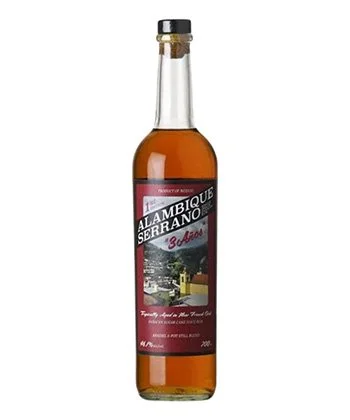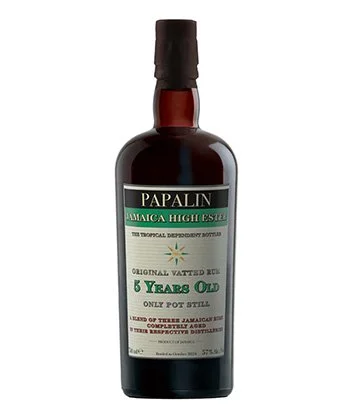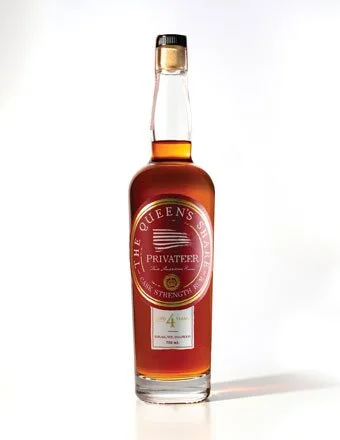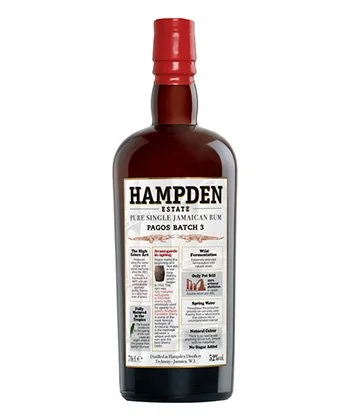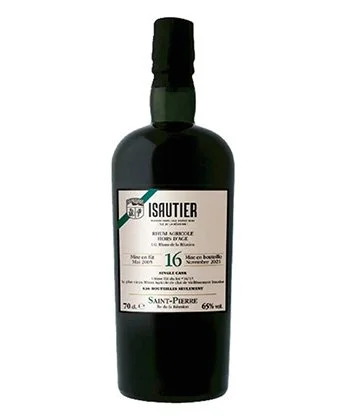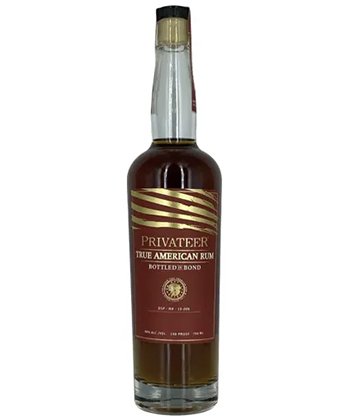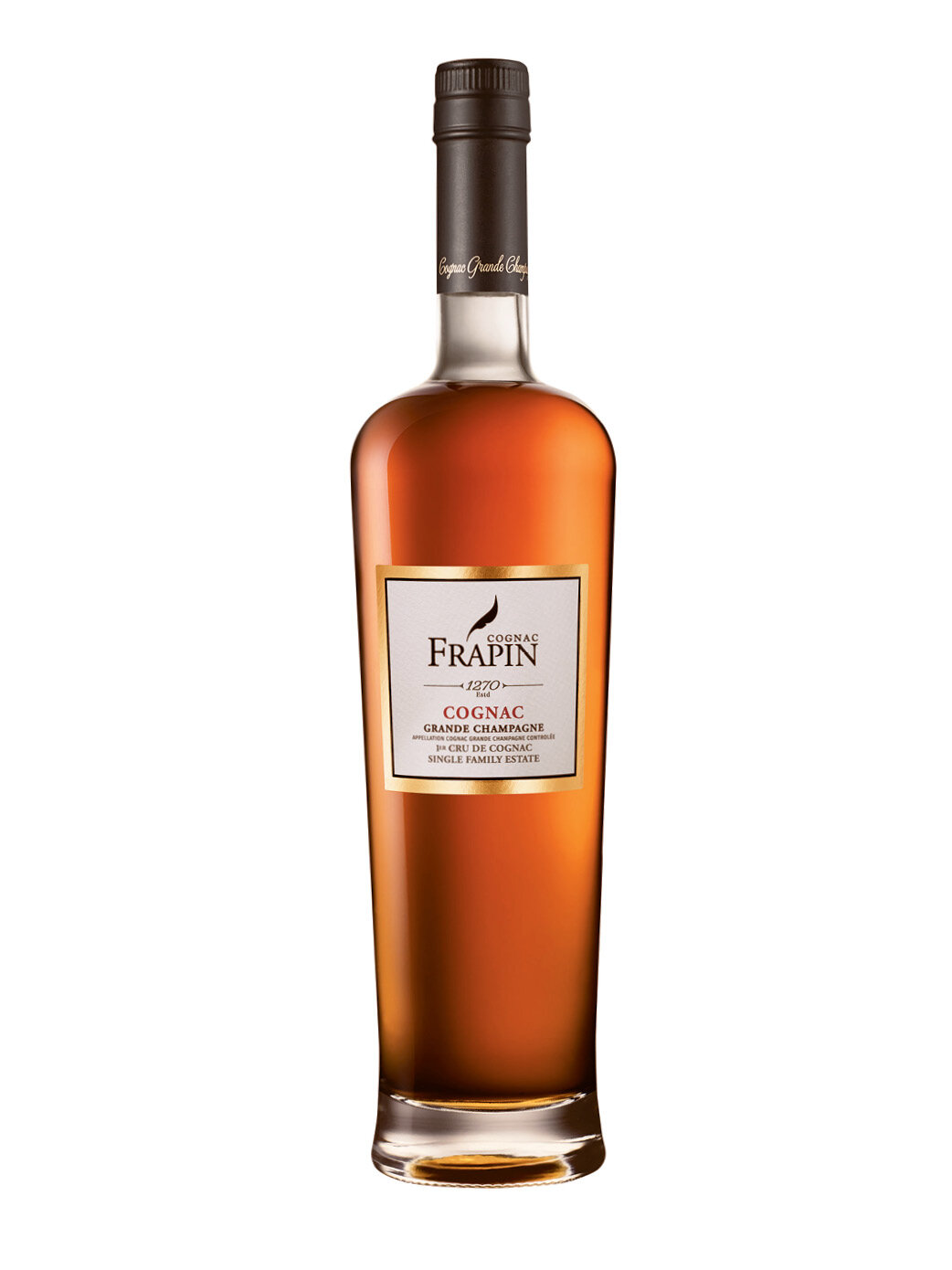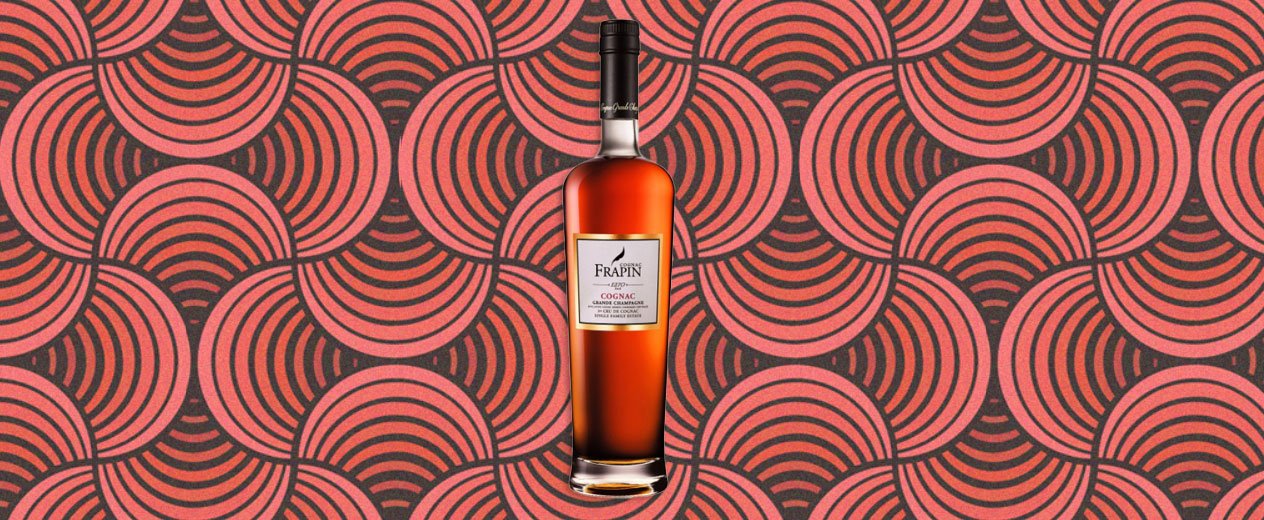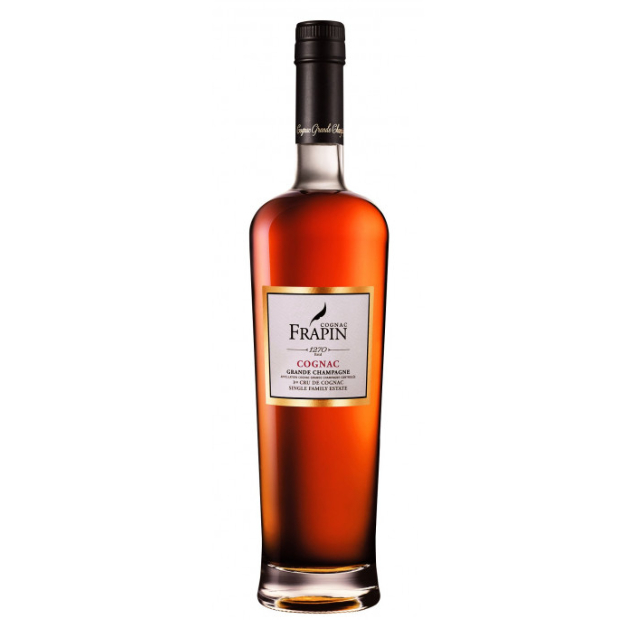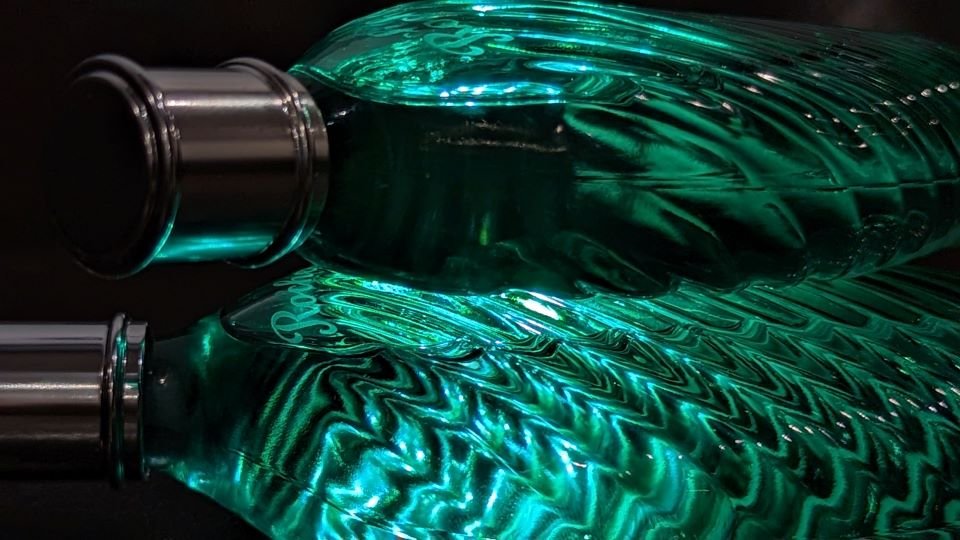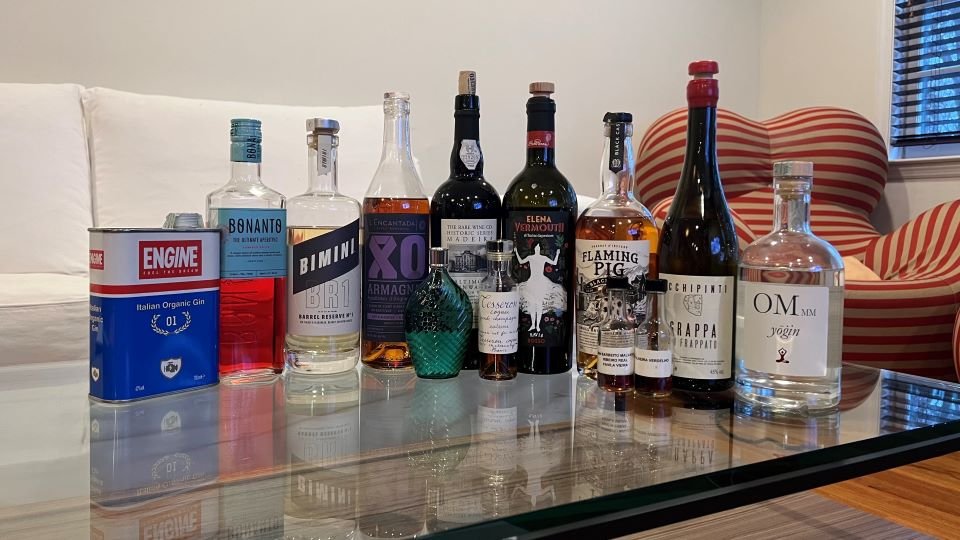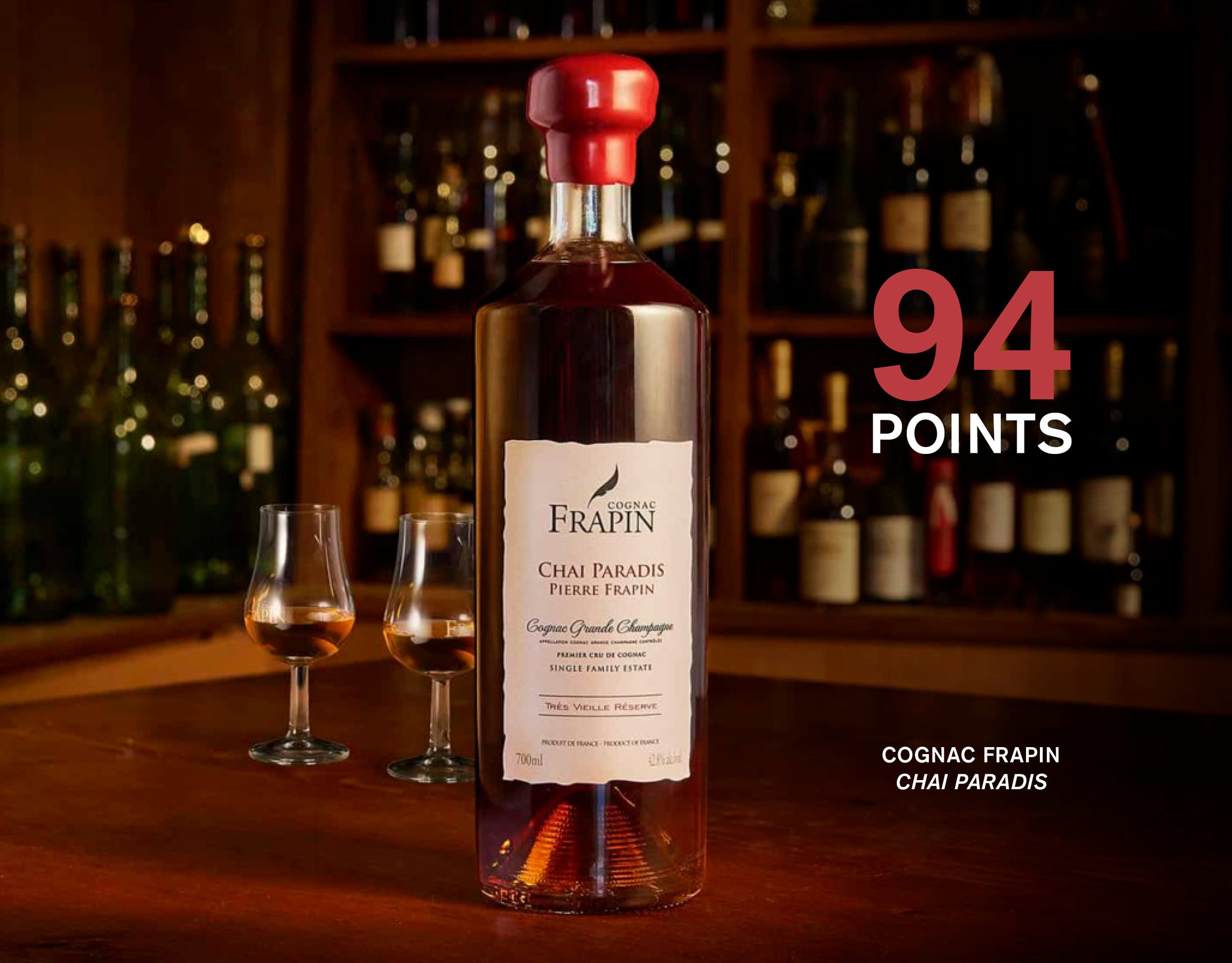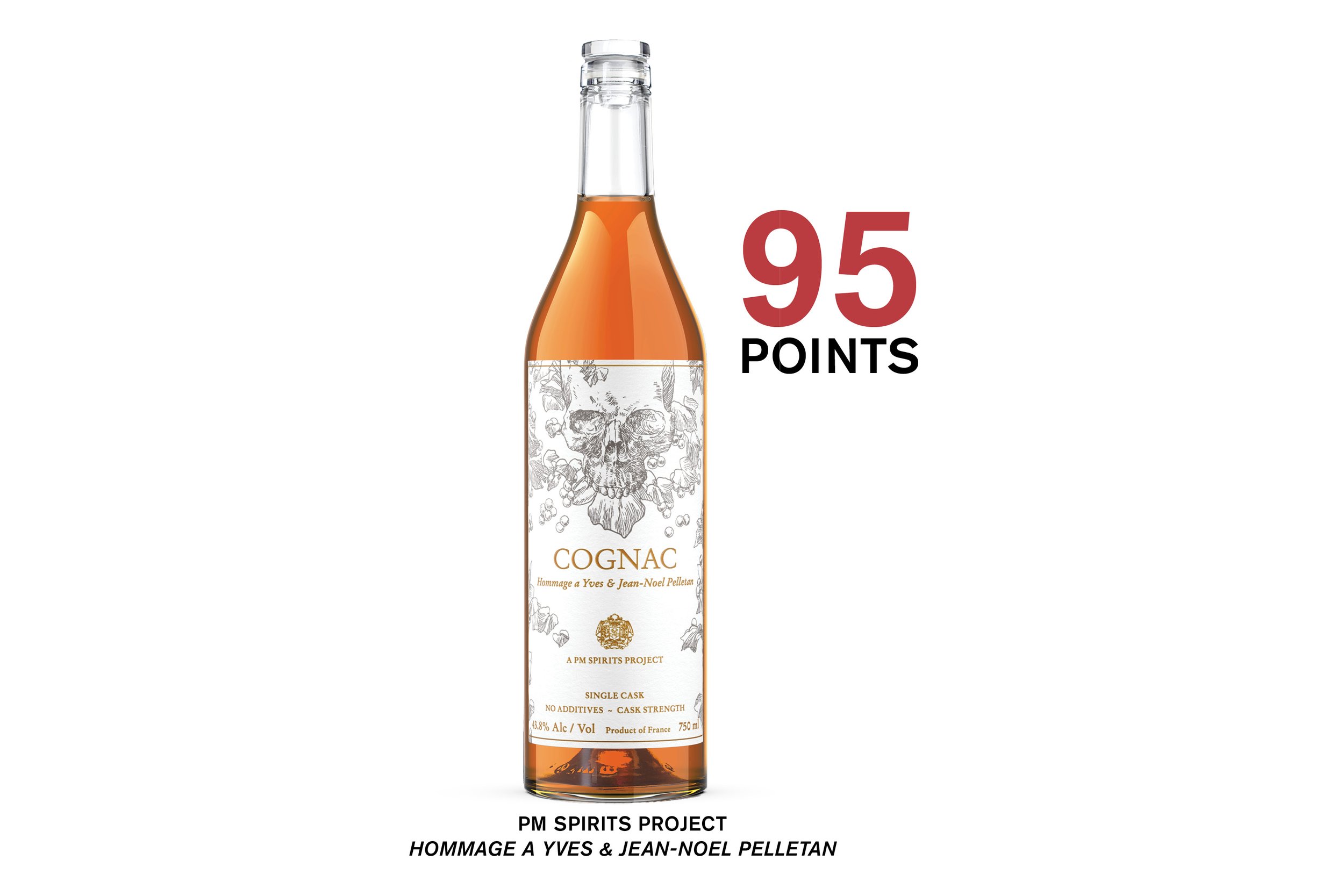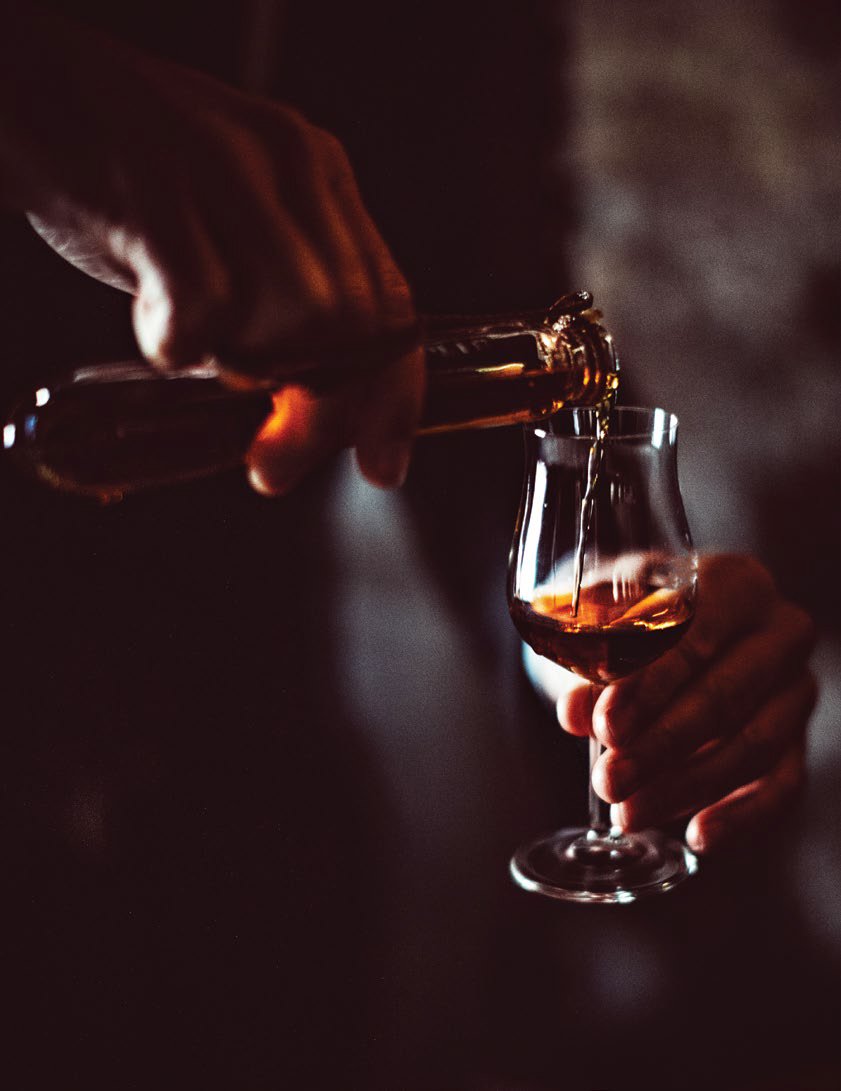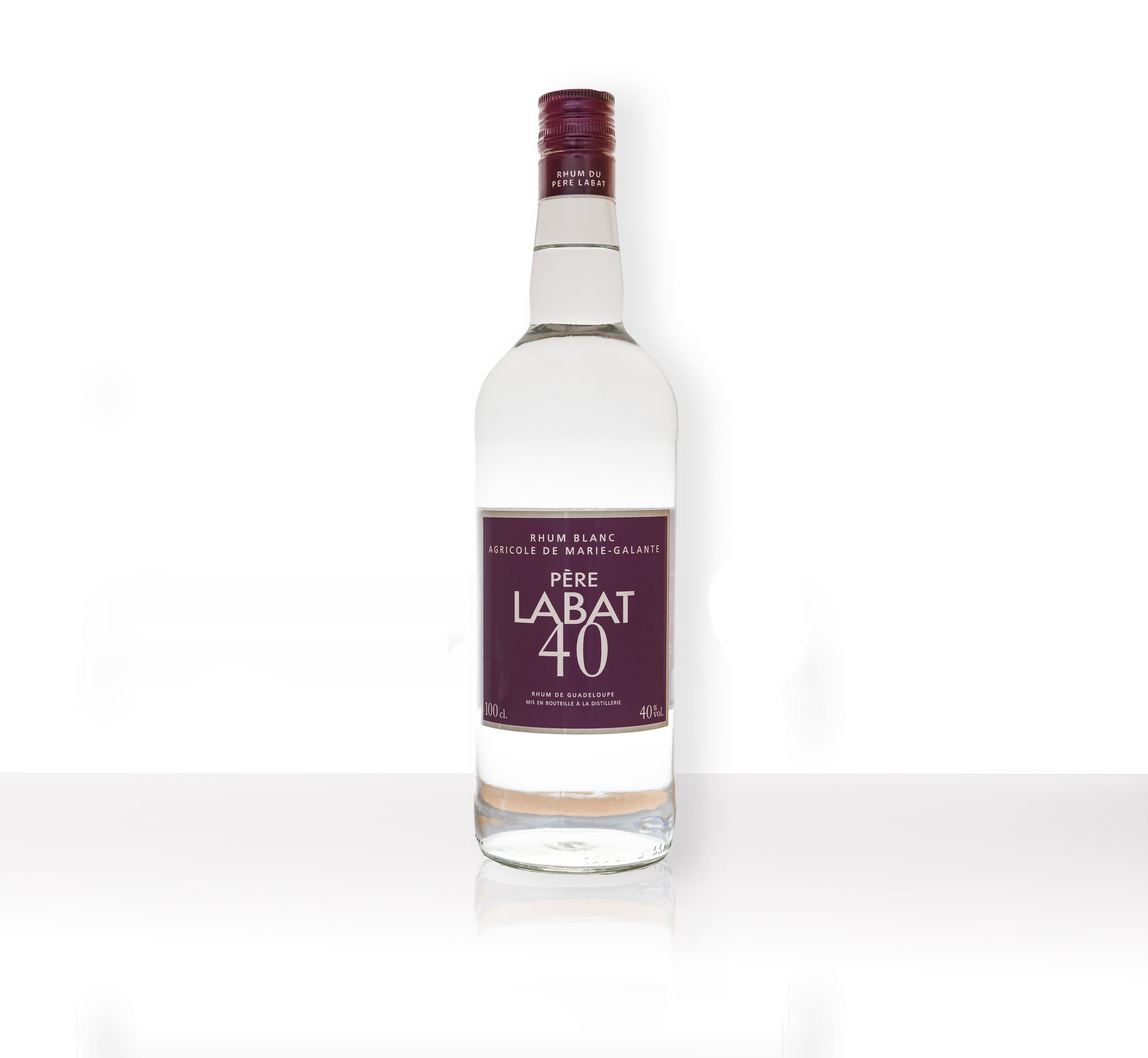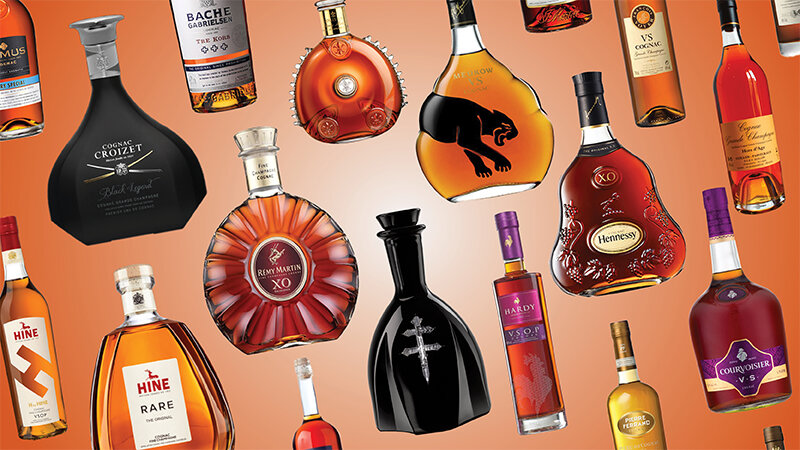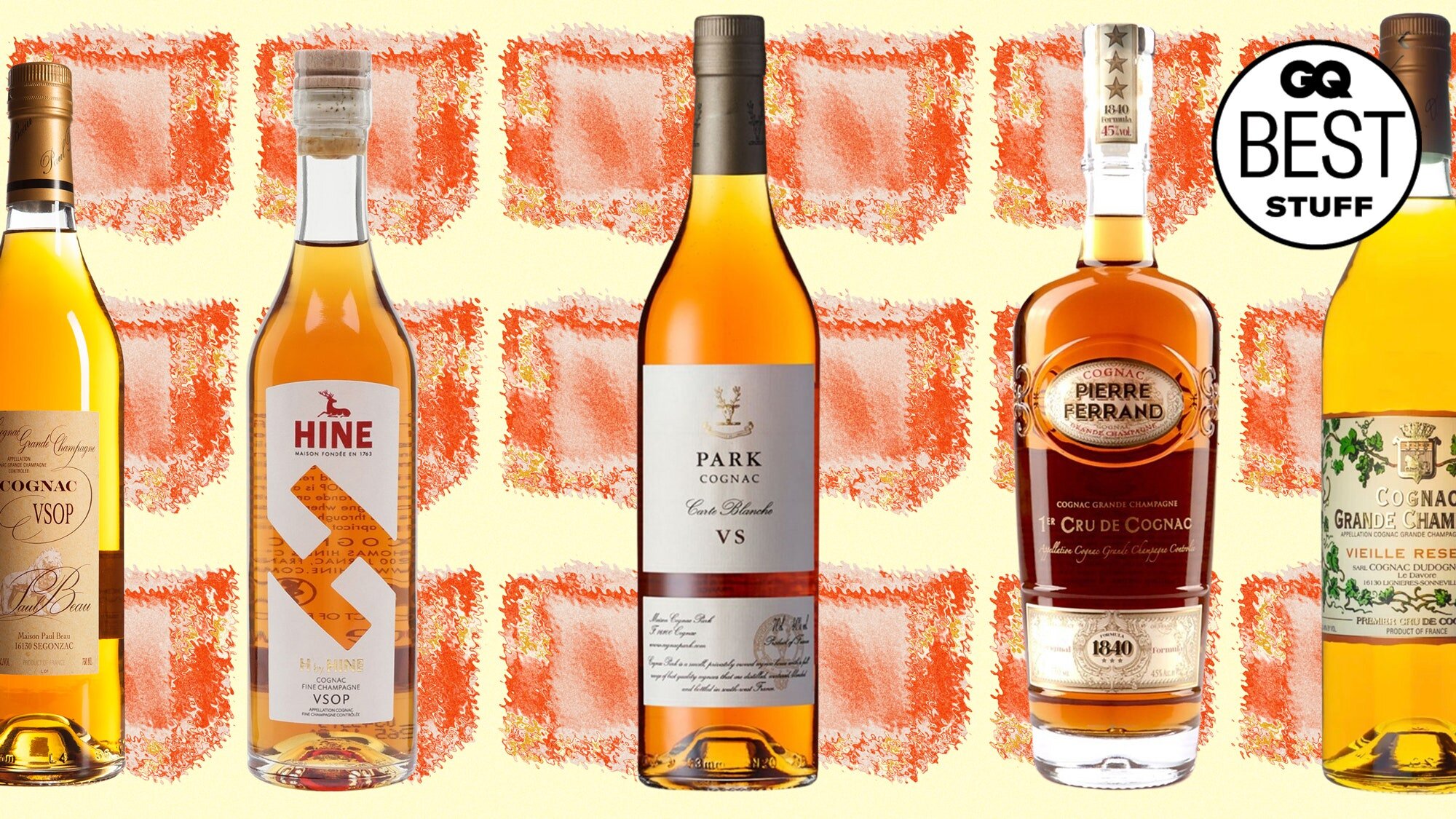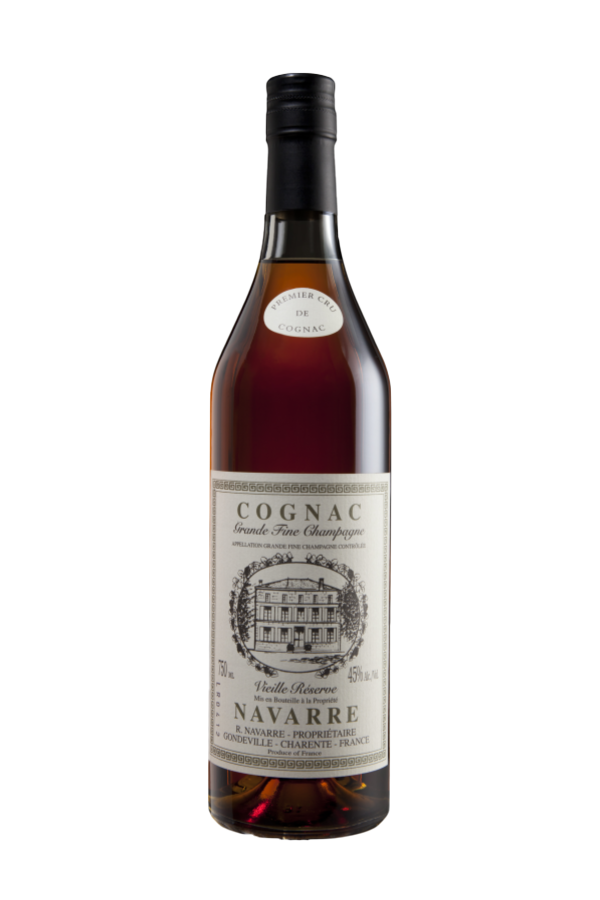Rum continues to win hearts and fill jiggers and glasses by virtue of being one of the world’s most versatile and diverse spirits. Distilled from sugar cane juice, molasses, and other derivatives, it is crafted in column and pot stills, and matured in climates ranging from the humid Caribbean to cooler, continental warehouses. The result is a category that stretches from grassy agricoles and funky, high-ester bottlings to ultra-aged expressions that rival any whiskey.
That breadth is just as evident at the bar: Rum is vital to classics like the Daiquiri, Mojito, and Mai Tai, and central to modern creations like the Kingston Negroni. Of course, there are dedicated, top-shelf sippers, as well as spiced shooters, which accounted for more than half of the rum sold in the U.S. last year.
With all due respect to the latter style, we did not consider flavored selections for our annual rum roundup. Instead, we focused on the diverse range of examples outlined above, tasting roughly 100 bottles from almost two dozen nations to compile this list of the 30 best rums to drink right now.
The 30 Best Rums to Drink in 2025
The Best Rum for Cocktails
Transcontinental Rum Line High Seas
As the old line goes, “what one rum can’t do, three rums can,” and that’s exactly the proposition with this blend of Panamanian, Jamaican, and Martinique distillates. Bottled at 45 percent ABV, High Seas delivers savory, vegetal, and lightly sweet notes, alongside bursts of tropical fruit, spice, and coffee. Expressive but never overwhelming, it offers plenty of personality without threatening to steal the show — making it equally at home in a Daiquiri, Mai Tai, or more modern creations. At $35 per bottle, it’s a top-tier option that’ll basically run you the same amount as two drinks at a bar.
Average price: $35
Rating: 93
The Best Rums Under $100
The Spirit of Haiti Clairin Vaval
Bottled at a precise 53.5 percent ABV, this Clairin is produced by Distillerie Arawaks — owned and operated by Fritz Vaval, whose family has been in the farm distillery business for close to 80 years. Fermented using ambient yeasts and distilled on a proprietary still, the nose juxtaposes papaya and mango with salty umami aromas. The palate commits to more fruity and vegetal notes, with an enjoyably abrasive finish that speaks to the hands-on, traditional practices that led to its creation.
Average price: $50
Rating: 94
Shakara 12 Year Thai Rum
Launched in early 2024, this Thai rum is made from local molasses and runs through a column still before spending 12 years in ex-bourbon casks. Spice leads the profile, with bright accents of lemongrass and lime leaf building over a classic molasses core. Expressive and vibrant, it’s a great example of quality Southeast Asian spirits increasingly making their way to our market.
Average price: $59
Rating: 93
Alambique Serrano 3 Años Oaxacan Rum
Distilled from Java varietal cane juice and aged just over three years in new French oak, this blend of pot and Krassel column distillates arrives at 46.1 percent ABV. The profile is distinctly spiced, with ginger, nutmeg, and raisin notes evoking winter desserts and holiday delights — a vivid reminder that Oaxacan spirits extend well beyond mezcal.
Average price: $64
Rating: 93
Papalin Jamaica 5 Year High Ester Rum
Blended from Worthy Park, Long Pond, and Hampden distillates, this 5-year-old Jamaican rum is pot-distilled, aged in ex-bourbon casks, and bottled at 57 percent ABV. Aromas of overripe fruit and warm spice lead the way, with pepper, banana skin, and assertive heat defining the palate. While not the most intense rum Jamaica has to offer, it’s a complex, lively pour and a great intro to high-ester rum.
Average price: $67
Rating: 93
Privateer Rum The Queen’s Share
This Massachusetts rum revives the old Cognac tradition of collecting the “seconds” — the transitional cut between hearts and tails — and distilling everything a second time for added depth. Aged at least four years in a mix of new and used American oak, the barrels are then blended and re-casked for additional maturation. Bottled at cask strength, it delivers burnt sugar, coconut, and vanilla with remarkable balance. Approachable yet simultaneously complex, it stands as a benchmark American rum.
Average price: $70
Rating: 93
The Best Rums Over $100
Hampden Estate Pagos Jamaican Rum Batch 3
Aged entirely in former oloroso sherry casks from Bodegas Fundador, the third batch of Pagos builds on Hampden’s signature high-ester intensity with oxidative depth and dried fruit character. Bottled at 52 percent ABV, it delivers walnut, clove, and brandied cherry, alongside cocoa, honey, and citrus. The palate is nuanced, with savory depth meeting flashes of freshness.
Average price: $113
Rating: 94
Isautier Rhum Agricole 16 Year
Distilled in 2006 and aged 16 years in tropical conditions, this Reunion release was bottled at 59 percent ABV with just 3,790 bottles produced. The profile is bold yet refined, opening with dried fruits, warm spice, and citrus zest, then following with caramelized sugar and herbal accents. A singular agricole, it underscores Reunion’s credentials as one of the world’s most compelling — and still underappreciated — rum regions.
Average price: $144
Rating: 94





